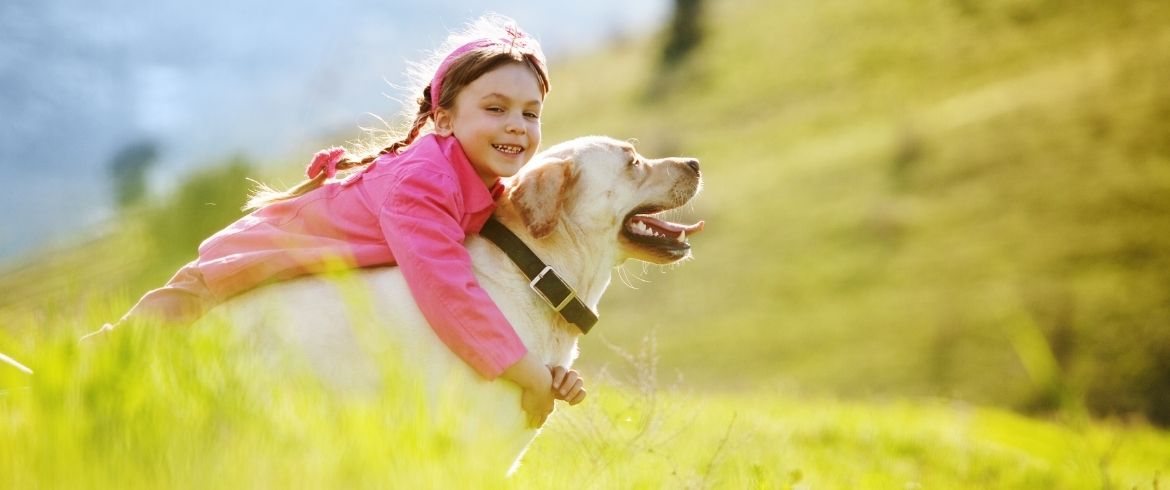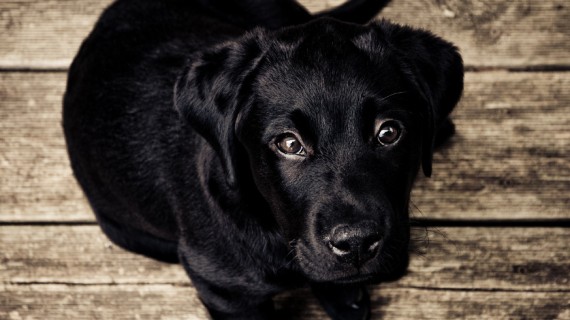Growing up with human siblings is all well and good, but what about our canine brothers and sisters? I myself grew up with a dog and two cats, and they were every bit as much my family as my human brothers! When it comes to growing up with dogs, there are a number of great benefits that can come with it, benefits that have been noted from newborns all the way up to adulthood. We’re going to explore some of the many ways that having a dog can help kids of all ages.
1. Boosting the Baby
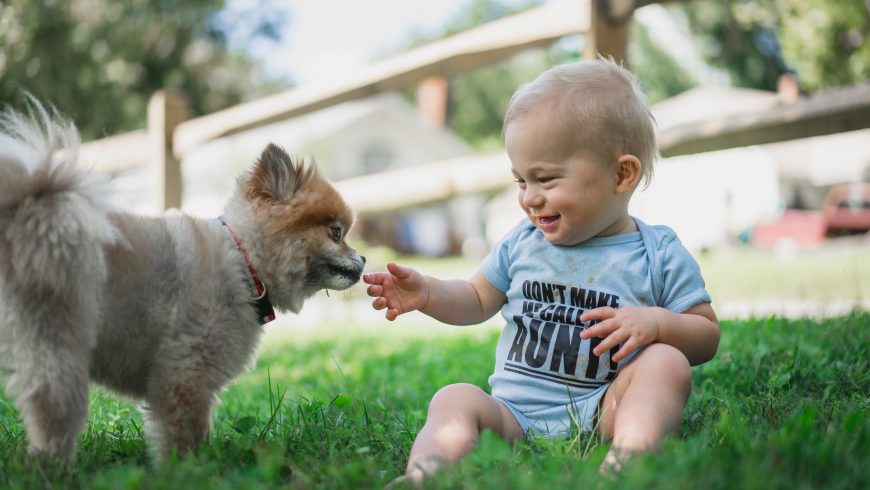
If you’ve got a dog already and you’re worried about having them around a newborn baby, you can relax (to a point). Though dogs are predominantly extremely gentle around newborns, they can also be a bit oblivious when it comes to their inability to interact or move. Don’t leave a newborn within reach of your pet unattended until they have gotten to know each other much much better, but the health and happiness of your new baby will benefit very much from their presence.
Studies have shown that babies born into a house with pets have exhibited a reduced risk of developing a variety of allergies due to a boosted immune system, as well as being less sick in general in their first year of life. This comes from their interactions with their furry family in the early days. So don’t be afraid to let your dog around the baby, as being in your pups presence, and bacteria could serve them well! Just always be sure to supervise.
2. Helping them to Speak
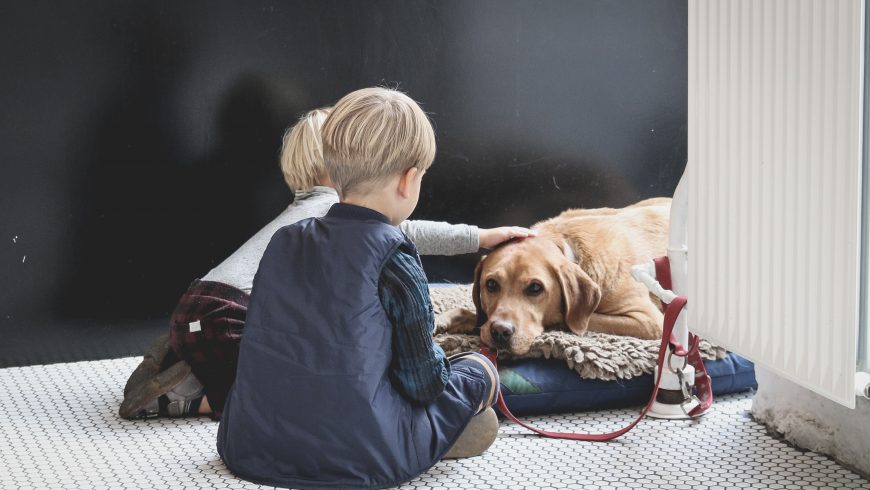
The early years are where the bond really starts to grow, as your little one starts to learn all about the world around them and their family. This is also when they begin to pick up commands from watching their parents speak to their doggy. Commands are simple, single word instructions, and so they would be one of the first things a child would be drawn to when learning to speak, out of eagerness to communicate.
I myself have witnessed babies as young as 1 already learning to say “Nala”, “sit” and “down” when the majority of their speech consists of baby babble. This encouragement for them will help them to further their speech at a faster rate.
3. Learning Simple Responsibilities
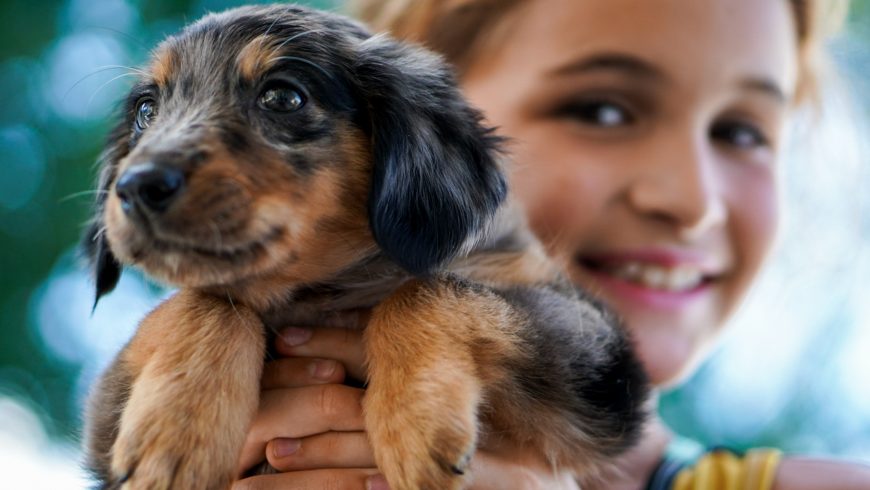
Now I’m not talking about a 2 year old taking the dog out for a walk! But simple things like learning to be gentle when stroking their furry pal. A baby’s natural instinct is to grab things with all their might, or slap things like their toys until taught otherwise. This isn’t something that it urgently taught, as it’s never really a problem (except for when they think long hair and a beard look like fun things to play with!), but when it comes to their pets, they watch their parents stroke the pup and want to try it for themselves. So when they are learning this interaction, they are immediately taught to be soft and gentle when touching the dog so as not to upset them.
This gentleness is often carried into their daily life, they will be gentler with other humans, and if they meet other animals they will often exercise the same caution. This softer approach will also help them to be gentler when they go to school and start learning to interact with lots of other children their age, and since the behavior has been taught to them from so young, it is more likely to stick through the copy-cat phase.
4. Emphasising Unconditionally Love

Obviously your baby is going to love you, regardless of there being a dog in the house, because that is the very nature of a human being, to love their parents from the moment they meet. But with their canine siblings, they will learn to love something unconditionally that is not their flesh and blood. Learning to love something that isn’t even the same species is a very special tool, as it will help a child to be more open with others as they grow.
5. Interaction and Exercise
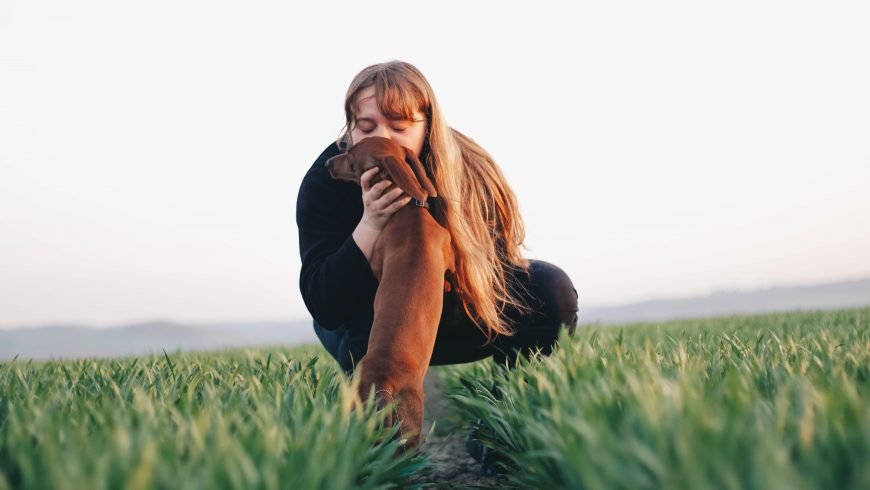
By having a furry playmate to run around with all day, both your child AND your dog will be much happier (and you yourself will get to rest, whilst they tire each other out). A dog’s energy is much like a childs in the fact that they will seemingly go on forever! Which makes them the perfect match. A child will learn to play and interact with another just as well as they would with another baby, if anything they will learn to be more careful. With more exercise comes better fitness and a reduced risk of obesity as well.
But don’t forget, if your baby needs a break, there are always interactive dog toys available to keep your pup occupied! If you need a little something to entertain them during your baby’s afternoon nap, here is one guide to the best interactive dog toys on the market today!
6. More Time Outside
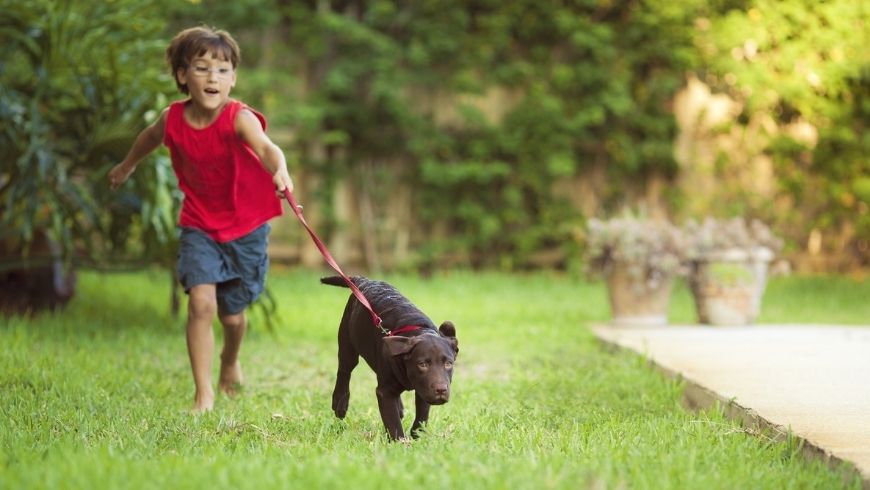
Alongside having someone to run around with, your playful pooch will encourage your little one to go outside. More time spent outdoors, means a better appreciation of nature, exposure to beneficial bacteria, a heightened immune system, plenty of vitamin D and a better understanding of ways to spend their time other than hiding away indoors. And the fact that you will be going for walks with your dog will introduce your beautiful baby to a wealth of new and exciting outdoor spaces. Spaces that they will likely want to explore on their own one day, and adventures will only help to fuel their imagination.
7. Their Constant Companion
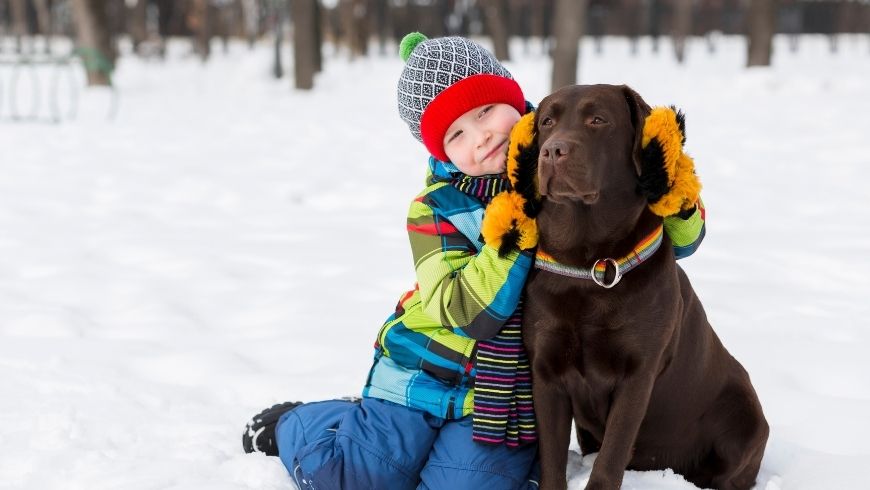
Your dog will become your baby’s best friend. They will play, learn, connect and explore together, your pup will protect them, and their connection will only grow as the years go by. Dogs learn to know when a baby is sad, happy, angry, stressed or frightened and will figure out how best they can help. A dog’s love is unconditional, and they will always be there for their best little friend.
Man’s Best Friend

“To a child and to a dog a new morning is a miracle of infinite possibilities”. Not only does a child gain medical and developmental benefits from having a dog as a sibling, they will gain a childhood filled with friendship, companionship, care, and love. Something we dog lovers understand all too well! That’s why they’re known as Man’s Best Friend.
Author: Katie Reeves
Cover image: photo via Canva Pro
